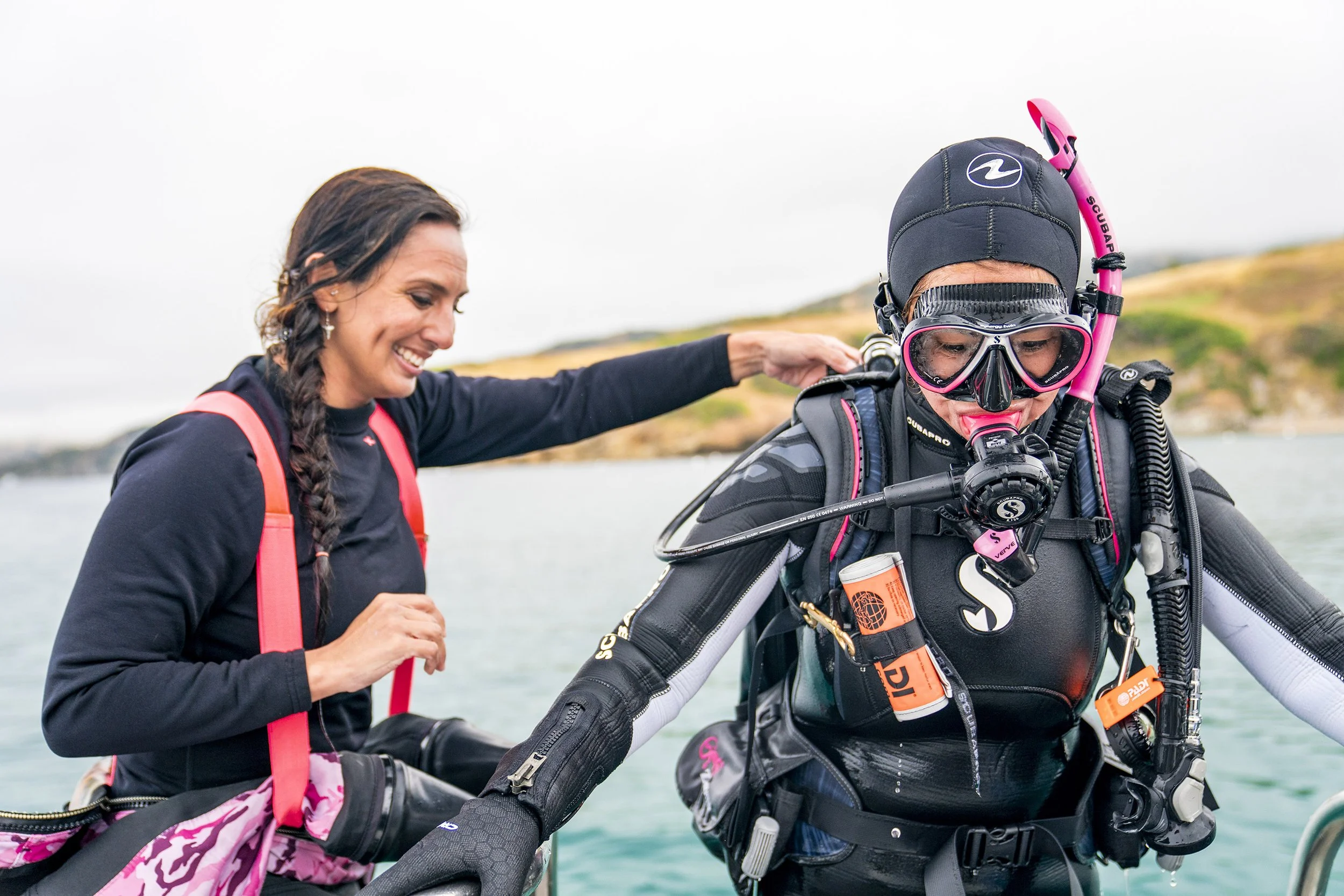Emergency First Response
Emergency First Response® primary and secondary care training teaches you what to do in the critical moments between when a life-threatening emergency occurs and when emergency medical services arrive.
Learn how to perform CPR, provide first aid that eases pain, assess a variety of injuries and illnesses and practice bandaging and splinting.
Your EFR Instructor will also train you how to provide CPR and first aid for children and infants and teach you how to use an AED.
What to expect
-
1
EFR Primary and Secondary Care
Emergency First Response® primary and secondary care training teaches you what to do in the critical moments between when a life-threatening emergency occurs and when emergency medical services arrive.
Learn how to perform CPR, provide first aid that eases pain, assess a variety of injuries and illnesses and practice bandaging and splinting.
-
2
e-Learning
Online training makes it easy to fit a CPR and first aid course into a busy schedule. Watch videos of different first aid techniques and learn what steps to take in an emergency. Study online or offline, using a computer or mobile device. Connect with your instructor if you have questions.
-
3
With Your Instructor
Learn eight essential skills for helping others in an emergency. Get hands-on experience administering CPR using a special manikin, practice bandaging and splinting, and apply your new skills in a role-playing scenario.
What’s inside
Part 1 (e-Learning)
You begin with this section because it provides you with foundational information specific to Emergency Responder care. By reading the background information and watching the videos in this section, you’ll better understand emergency care procedures and why your role as an Emergency Responder is so important to those who need emergency care.
Part 2
Knowledge Reviews
Knowledge Reviews – After Independent Study, complete the Primary Care (CPR) and Secondary Care (First Aid) Knowledge Reviews to confirm that you understand the foundational information and are ready to learn the skills with your instructor.
Part 3
Practice Sessions
Skills Workbook (Primary and Secondary Care) – You’ll use these sections for the skill development portion of your Emergency First Response course. Under your instructor’s supervision, you’ll use this step-by-step workbook to guide you through a practice session for each course skill. To prepare, review these sections before you meet with your instructor.
Part 4 Exams
After Independent Study and reviewing the Skills Workbook, complete the Primary Care and Secondary Care Exams as the final assessment of all you’ve learned.
Frequently asked questions
-
Scuba diving requires a minimum level of health and fitness. Chronic health conditions, certain medications and/or recent surgery may require you to get written approval from a physician before diving.
Avoid disappointment, download and review the Diver Medical Form to ensure you won’t need a physician’s approval to dive before enrolling in a scuba course. Instructors, divemasters and dive shop staff are not physicians and should not be asked for medical advice; only medical professionals can give medical clearance to dive.
-
Course prerequisites: none, just a desire to help others
-
Minimum age: none
-
For sanitary reasons, all students need their own set of personal barriers including, but not limited to, gloves, bandages for practical simulations, and a ventilation barrier. We can also provide these tools and equipment at no cost.
-
Self-study: 2-4 hours
Entire course: 1-2 days
-
You can choose one of these locations.
We can arrange another location if requested. Extra fees may apply.
€150
Emergency First Response
Education, Training and Certification
Included in the price:
e-Learning + digital & printed certificates
You can choose one of these locations for the course.
We can arrange another location if requested. Extra fees may apply.





